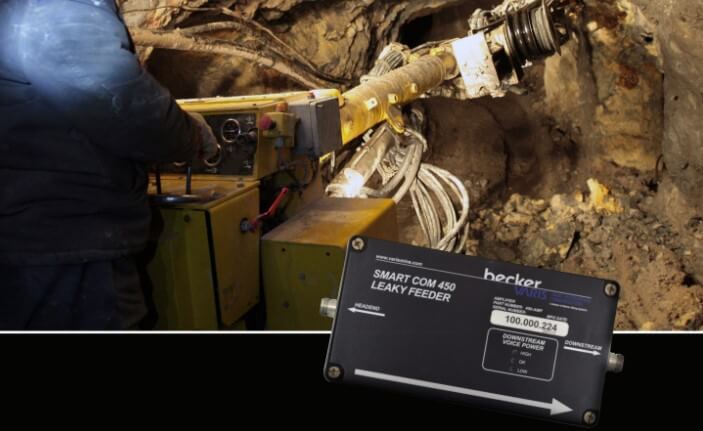Exploring the Limitless Bandwidth of An Amplifier in Becker Mine Supply!
CONTACT US
Take the first step towards powering up your operations, call us at +1-724-515-4993
Ideally, any amplifier should possess a bandwidth that aligns with the range of frequencies it intends to amplify. If the bandwidth is too narrow, there will be a loss of certain signal frequencies. Conversely, if the bandwidth is too wide, it will permit the introduction of undesired signals. For instance, in the context of an audio amplifier, these unwanted signals could encompass low-frequency hum and, potentially, mechanical noise. Similarly, at high frequencies, there might be an audible hiss.
Audio Harmonics
High frequencies are restricted to around 20kHz, which represents the theoretical limit of human hearing. In practical terms, this means that the signals being amplified should consist of pure sine waves.
The majority of audio signals are complex waves with constantly changing shapes. These audio signals are alternating current (AC) waves with fundamental frequencies ranging between 20Hz and 20kHz, and they also contain harmonics at higher frequencies. Preserving some of these harmonics is crucial to avoid distortion and maintain the original shape of the signal. Therefore, abruptly cutting off high frequencies at an arbitrary 20kHz is not recommended. Instead, it’s better to allow a slight amount of amplification for the harmonic frequencies that are inaudible. This approach aids in recreating the complex shapes of audible waveforms, especially when the signals exhibit rapid changes (fast transients) that necessitate high-frequency components.

BUY NOW
In a hurry? Call us at +1-724-515-4993
Becker Leaky Feeder Amplifiers
Local/Remote Diagnostics” is a feature that Becker offers for its leaky feeder amplifiers. It allows users to diagnose and monitor the amplifier in real-time, enabling the identification of potential problems or malfunctions. This feature can be accessed remotely or locally via a computer.
The “Local/Remote Diagnostics” feature empowers users to identify and troubleshoot any issues that may exist with the amplifier. This capability reduces downtime and maintenance expenses, while also helping prevent catastrophic failures that could lead to safety hazards or equipment damage.
The Automatic Gain Control (AGC) is designed to maintain a constant signal level within the system. It accomplishes this by adjusting the output level to match the strength of incoming signals. The AGC ensures that signal strength remains at an optimal level, promoting consistent communication and minimizing the risk of signal distortion.
There are numerous advantages to having an AGC:
– Improved Signal Quality
– Reduced Interference
– Operation of the system with higher signal power without risking overload
With an AGC, the system becomes capable of handling changes in signal strength and maintaining communication even in challenging environments.

Contact Us For Maximum Productivity
At Becker Mining SMC, we are dedicated to providing the mining industry with cutting-edge communication solutions. Our Becker VHF leaky feeder system, including the RNG-500 VHF Leaky Feeder Cable, offers unparalleled reliability, robust performance, and ease of maintenance. Contact us today to discover how bandwidth of an amplifier helps our communication solutions can optimize safety and productivity in your mining operations.
Products That We Offer
- VHF Leaky Feeder System
- UHF Leaky Feeder System
- SMARTSENSE®FIXED MONITOR
- RNG-500VHF Leaky Feeder Cable
- UHF Low Loss Leaky Feeder Cable
- Kenwood NX-203/303 Radios
Take control of your mining communication systems today! With Becker Wholesale Mine Supply, the leading manufacturer in the USA. Contact us now and revolutionize your mining communication systems!
